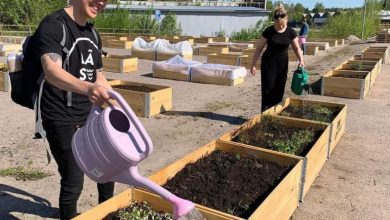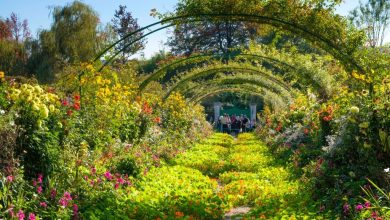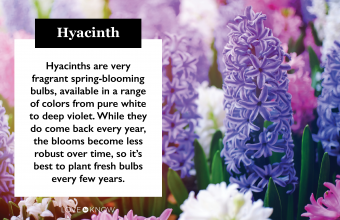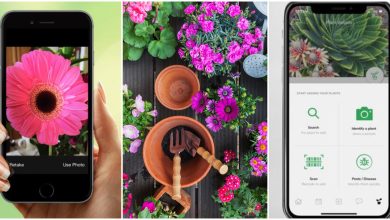Why is my Pumpkin NOT producing Fruit? [Causes and Solutions]
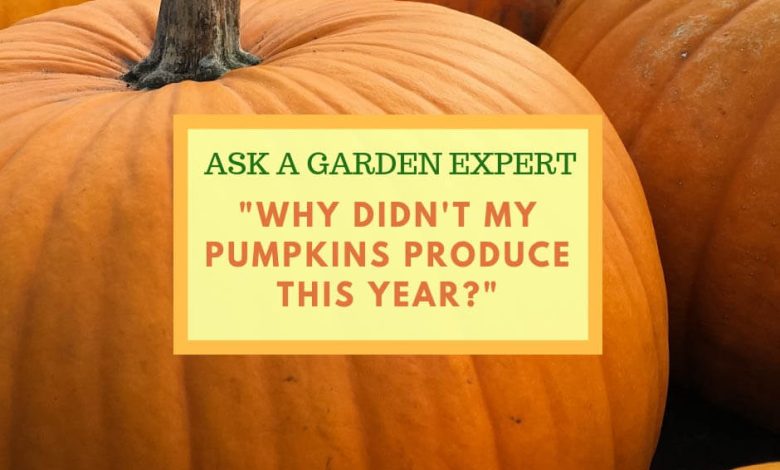
«What’s wrong with my pumpkin?»
«Why isn’t it bearing fruit?»
These are two common questions about growing pumpkins.
Often these pumpkin problems are related to a lack of pollination.
In this article we are going to try to answer some of the most common questions that our readers usually send us and they are related to their pumpkins not producing fruit.
Why is my pumpkin not bearing fruit?
If your pumpkin plant produces many flowers but never bears fruit, or bears fruit that stops growing when it is very small, you likely have a pollination problem.
Most pumpkins are monoecious, meaning that a single plant produces both male and female flowers.
The male flowers are borne on a straight, green stem, while the female flowers sit atop a small bulb (the eventual fruit of the pumpkin).
For the fruit to develop, pollen from the male flowers must be physically transferred to the female flowers by bees.
Bees usually do a good job, but if you don’t have enough bees in your area, you may end up with fewer pumpkins than you expected.
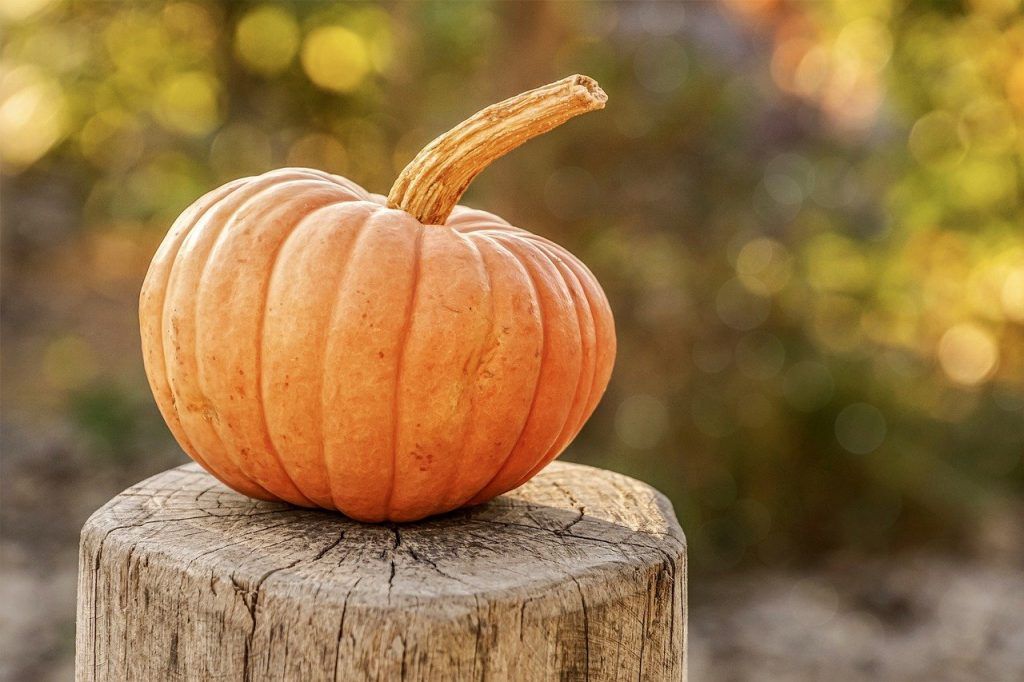
How are pumpkins pollinated? ideally with bees
Although technically this is the case, fruiting will be much better if pollinating insects come into play, especially bees and bumblebees.
Bees “buzz-pollinate”: Their wings rise and fall at a frequency that creates their famous low, audible buzz, and it is this buzz that produces a vibration, so that when they visit a flower, pollen is released from the lower part of the flower. masculine to drift towards the expected feminine stigma.
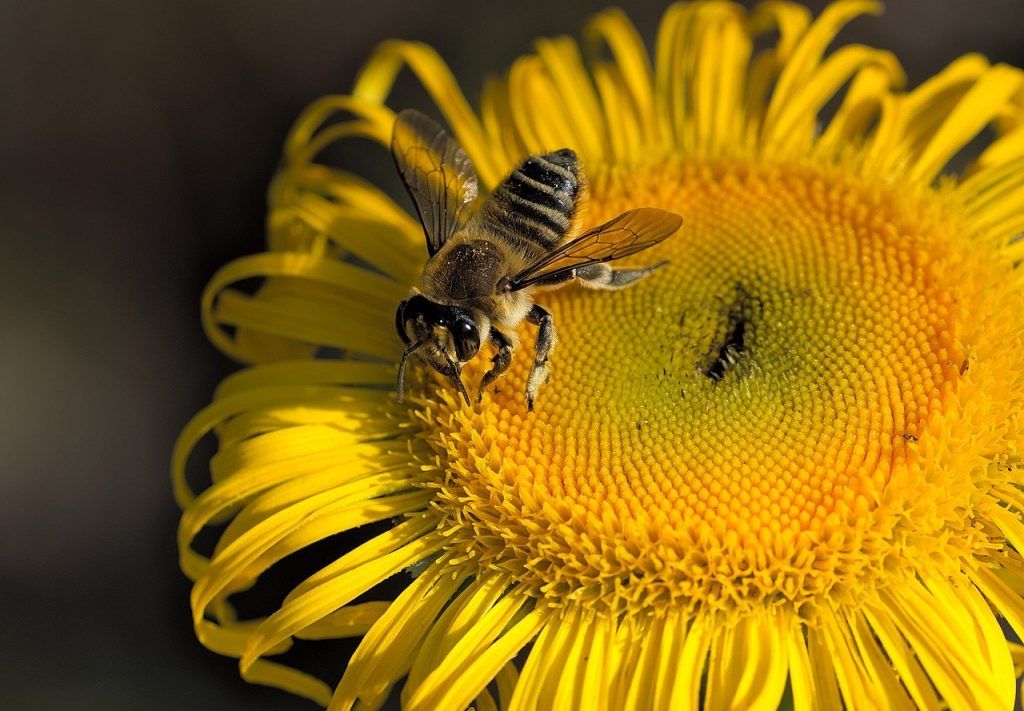
We want more bees, so make sure they can get to the flowers.
Tip: If you grow indoors, open greenhouse or tunnel vents, windows and doors. And encourage more pollinators by planting nectar-rich flowers among your pumpkins.
You can also improve fruit set by hand pollinating (see below).
Manual pollination of pumpkins
Luckily, it’s pretty easy to dress up as a bee for a day and pollinate the flowers yourself. To do this, you will need to transfer the pollen from the male flowers to the female ones.
How to pollinate by hand:
- First, identify the male and female flowers. Remember that the female flowers have a small bulbous growth at their base, which will eventually become the pumpkin fruit. Male flowers do not have this growth.
- After you find a male flower, use a cotton swab, pipe cleaner, paintbrush, or similar object to gently dust the inside of the flower, making sure to catch the pollen on the end of the pollinator.
- Locate the female flowers and gently sprinkle inside them, like a buzzing bee.
- Repeat this with as many male and female flowers as you like. The pollen from one male flower should be enough to pollinate a few female flowers.
An also very practical solution to dislodge the pollen and fertilize the female parts of the flower is simply to vibrate or hit the supports of the plants.
By vibrating the flowers, you are mimicking the actions of a bee to greatly improve pollination success.
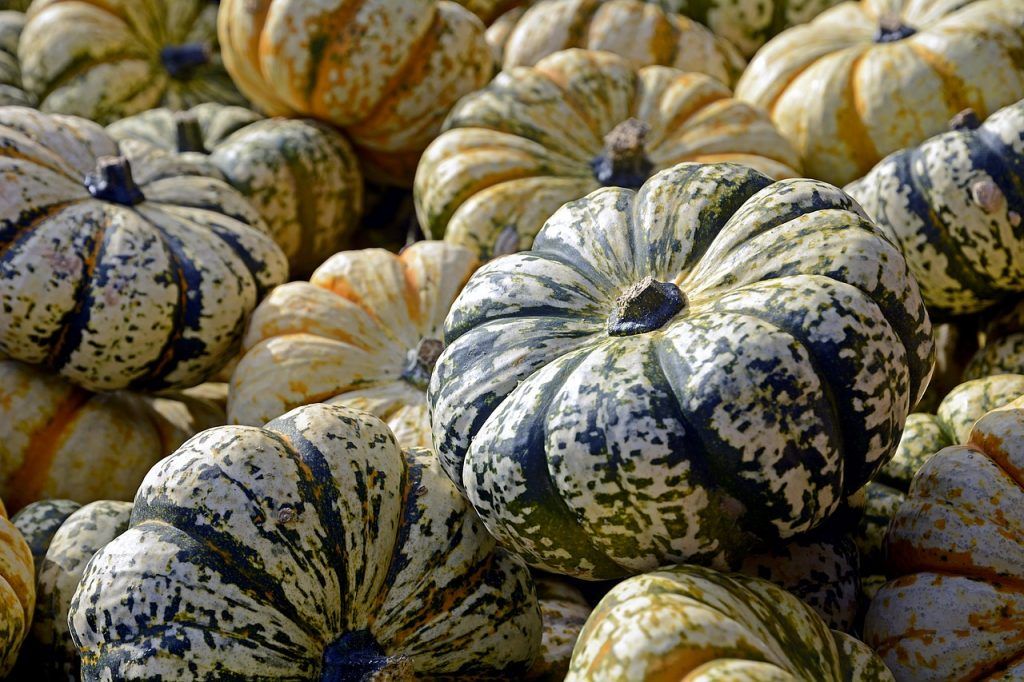
What if I only find male (or only female) flowers of pumpkins?
Don’t worry. Pumpkins don’t always produce male and female flowers at exactly the same time.
What usually happens is the following: You will see the male flowers first and you will wonder where the female ones are. Be patient. If it has rained a lot or it has been cold, this can slightly delay the appearance of the female flowers.
This bad weather can also affect pollinator activity, which is another reason to hand-pollinate pumpkins.
If you see fruit, but it is wilting and/or rotting, it could also be a pollinator problem, but it can also happen because conditions are so wet that the fruit is dying from a fungus.
Maybe you are also interested in:

